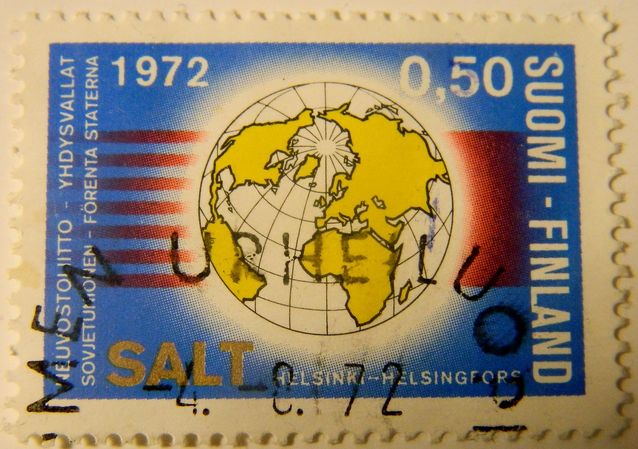Niklas Jensen-Eriksen
Born July 22, 1974.
MA (general history) 1998, University of Helsinki; MPSc (political science) 2008, University of Helsinki; PhD (economic history) 2004, London School of Economics and Political Science
Professor of Business History, University of Helsinki 2013-
Researcher 1999-2002 and 2003-04 (University of Helsinki), postdoctoral researcher in 2004-08
Special researcher 2008-09 (Finnish National Archives)
Adjunct professor of European history, University of Helsinki 2009-
Postdoctoral researcher 2009-11 (University of Helsinki)
Academy of Finland researcher 2012-13
Publications, research projects and other scientific activity
Research areas: business and economic history of the Cold War period, business/government relations, forest industries, energy industries, cartels, economic regulation, business history of media
Awards and special achievements:
The TUHAT award of the Faculty of Arts, University of Helsinki, for publications in 2014
Photo: Mika Federley
Written by: Niklas Jensen Eriksen and Riitta-Ilona Hurmerinta (ed.)
Translated by: John Calton

